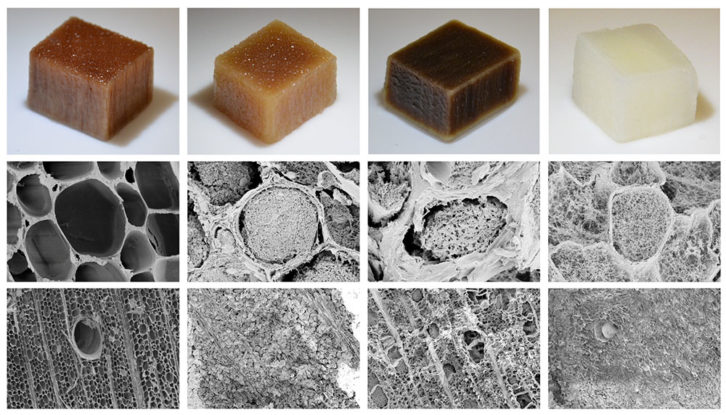
In a time where energy crises are affecting nations around the globe, scientists are looking for new and innovative ways to harvest energy. Researchers at the KTH Royal Institute of Technology in Sweden have found that by altering the properties of wood, they can use wood’s natural drying process to generate harvestable amounts of electricity.
Nanoengineering has been employed to alter properties of the wood such as its porosity, surface charge, and how readily water can pass through. These changes have vastly increased the amount of energy transferred during the drying process, with Associate Professor at the Division of Biocomposites Yuanyuan Li stating that the altered wood has generated ten times the electricity as untreated wood.
Li went on to state, “At the moment we can run small devices such as an LED lamp or a calculator. If we wanted to power a laptop, we would need about one square meter of wood about one centimeter thick, and about two liters of water. For a normal household we’d need far more than that, so more research is needed.”
Li mentioned that each section of wood generates high voltage electricity for about 2-3 hours, and that the wood is able to endure ten cycles of water without any dip in performance.
Source: KTH
See also: Stanford has a salty solution to the problem of battery flammability









